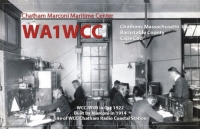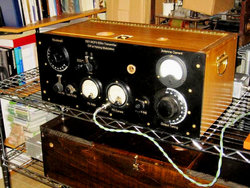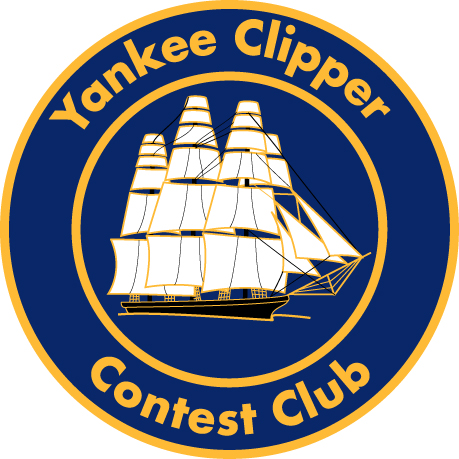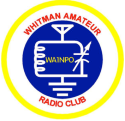YCCC Members QRV for ARRL DX CW Contest Weekend
 Several Yankee Clipper Contest Club members plan to operate from DX locations in the upcoming ARRL DX CW Contest February 16-17.
Several Yankee Clipper Contest Club members plan to operate from DX locations in the upcoming ARRL DX CW Contest February 16-17.
YCCC president Dennis Egan, W1UE, of Marlborough, writes he will be on Roatan Island (off the coast of Honduras). “If you need HR on any bands, let me know. I’ll also be doing some 60-meter operation, SSB only on the same frequency slots as the USA. For the contest, I’ll either be W1UE/HR9 or HQ9X. Haven’t got the authorization for the special call yet.” Dennis adds he’ll also be on Roatan for the CQWW 160M SSB contest the following weekend.
Brian Machesney, K1LI, Vermont, is traveling to J75Y in Dominica. He hopes to be on from the DARCI club station for both CW and phone, low power.
Dave Sumner, K1ZZ, Coventry, Connecticut, will be QRV from 4U1ITU in Geneva (a separate DXCC entity). “It’s not exactly a DXpedition, but because I will be in Geneva for an ITU meeting February 18-28. I am going a couple of days early to put 4U1ITU on for CW.” Dave adds he will have to QRT early Sunday “but there will probably be a couple of other operators as well.”
Kurt Pauer, W6PH, of Amherst, New Hampshire, will be VP9/W6PH (Bermuda) for the contest. Kurt says it will be his 20th consecutive year there.
Paul Young, K1XM, Hudson, MA, will operate remote as VY1AAA giving out the rare Yukon Territory multiplier. “It is not a DXpedition because I’m not going anywhere,” Paul adds.
Bill Barber, NE1B, Hudson, New Hampshire, writes, “C6ANM (Bahamas) may be on for ARRL CW and CQ 160 SSB, depending on antenna build challenges.” He adds the station will be on “definitely for ARRL DX SSB with NE1B, N1GN, K1EP and K1VK.”
UPDATES:
February 5, 2019: Gerry Hull, W1VE, Hancock, NH, will be part of a multi-multi operation from P40E (Aruba) along with K2LE, K9RS, N3RD, and AA5B. “Please work us on six bands. We will be watching 10 carefully, with a dedicated SDR watching the band.”
February 14, 2019: Dennis, W1UE, confirms he will operating as HQ9X for the ARRL DX CW contest.







